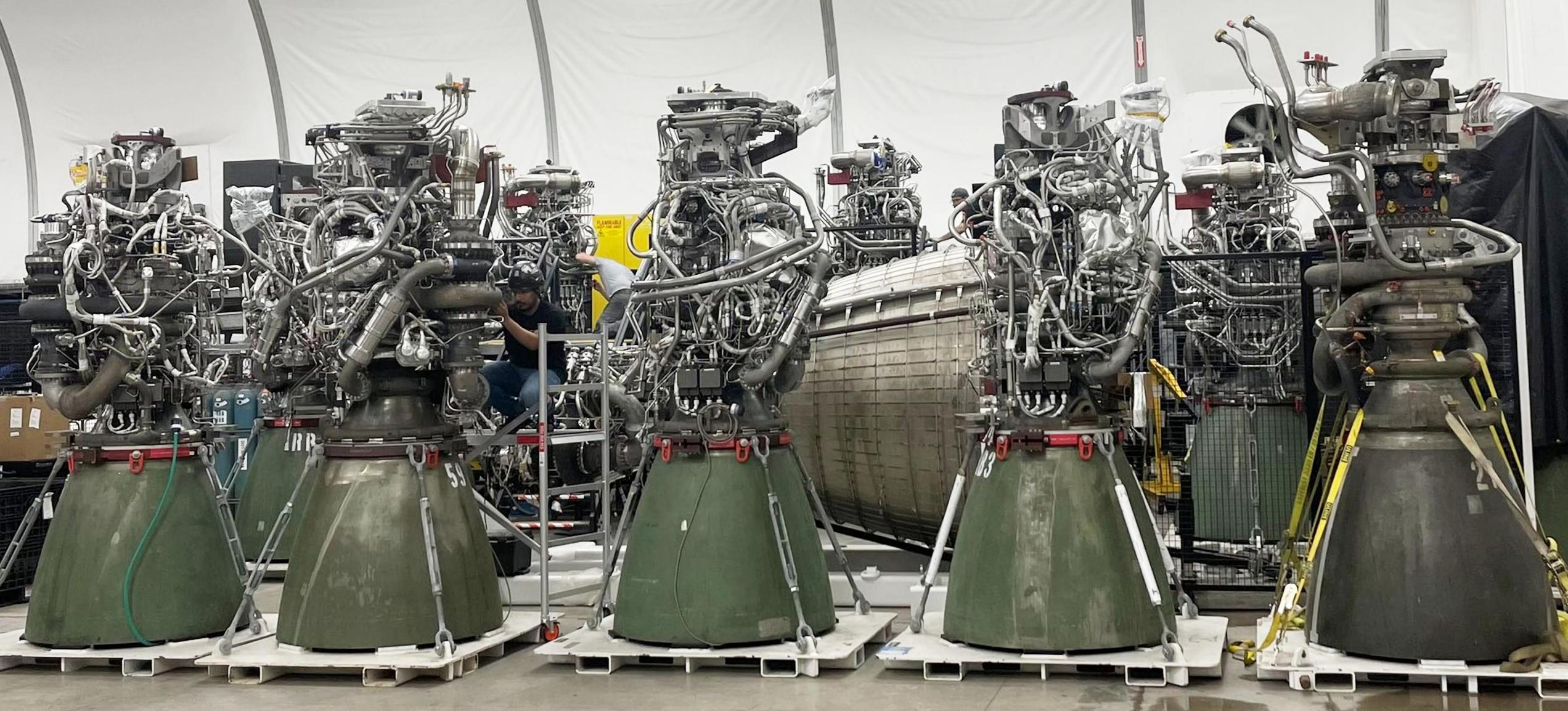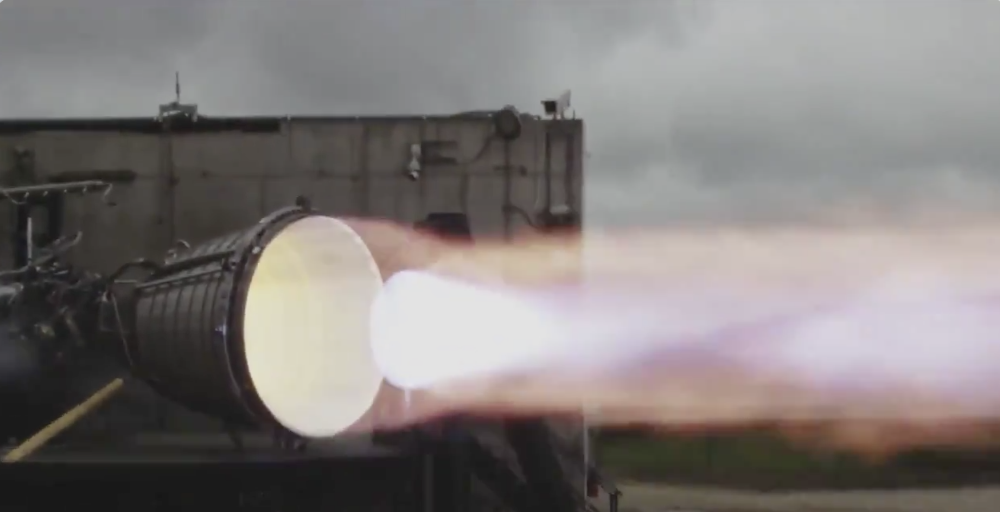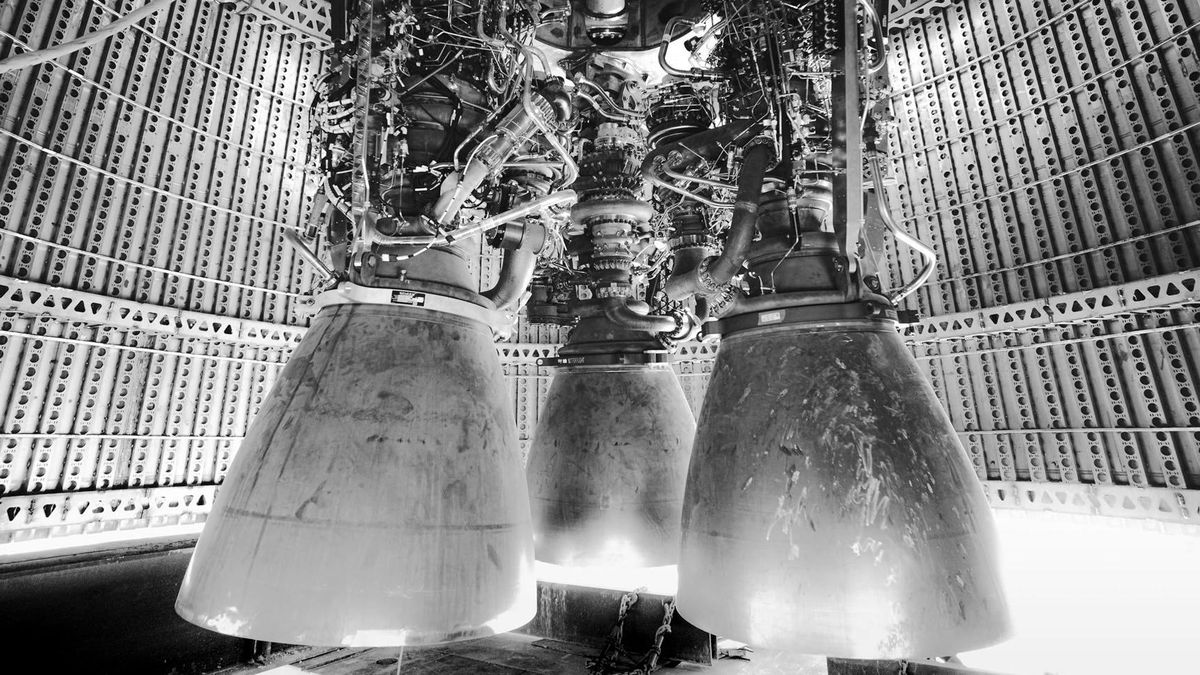
SpaceX’s Incredible Improvements To The Raptor Engine
SpaceX’s Raptor engine is turning out to be one of the most powerful, efficient, and cost-effective rocket engines in the world. SpaceX hasn’t been developing the engine for a long time yet they have already used it many times and are constantly making improvements. This brings up the question of how powerful will the engine be and how are SpaceX improving it so fast?
SpaceX has managed to create a marvel of technology in the Raptor engine. Thanks to constant testing, ambitious goals, and continued improvements, the Raptor engine could easily become the most used rocket engine ever in the future. Elon Musk and SpaceX even have the goal of less than $1000 per ton of thrust.
The private space company has good reason to be working so hard on a next-generation rocket engine. On a full Starship stack, there is planned to be almost 40 Raptor engines in total. The better and more efficient each engine is, means the more cargo and the lower the cost per Starship launch. All of which is necessary if SpaceX wants to get to Mars and pay less than $2 million per Starship launch.
Raptor Engine Background

SpaceX’s Raptor engine has followed the common theme of the company and sped through development in a short period of time. About 5 years ago in 2016 one of the first Raptor engines was built and tested. Over the next few years, SpaceX continued to test and change parts of the engine. They used an engine test stand to safely ignite the engine and gather all the necessary data. In 2017 SpaceX recorded an engine bar chamber pressure of 200 during a test. This was a good result but at the time the company was working towards a number closer to 250. They even had the goal of getting to 300 bar chamber pressure in the far future.
Just recently Elon Musk tweeted some information regarding the Raptor engine progress. Specifically, he said that the Raptor engine was able to reach 330 bar chamber pressure without it exploding. The Raptor engine was not only tested a lot on an engine test stand but rockets as well. It wasn’t until 2020 when a Raptor engine first took flight. SpaceX had not only been hard at work on the Raptor engine but also Starship prototypes. On August 4th SN5 along with a single Raptor engine, successfully completed a 150-meter hop. This was a very big deal for the engine’s maiden flight and a test of the development that had occurred.
Raptor V1 Compared To Raptor V2
The Raptor version 1 or just Raptor is the first iteration of SpaceX’s next-generation engine. There are a few main things that separate the initial Raptor from the second version. One of the first is power. Arguably the most important metric when constructing a rocket engine. The more power an engine has the more cargo a launch vehicle such as Starship can bring into orbit and beyond. As I mentioned before early models of the Raptor and some used on prototypes were averaging around 250 to 300 bar chamber pressure. Elon Musk revealed that SpaceX was able to reach 330 bar chamber pressure without an explosion. This is a very significant increase in power in a short period of time.
Another big difference between the initial and second versions of the Raptor engine is the design. What I mean by this is the construction of the engine and especially the large array of electronics and piping towards the top of the engine. The Raptor engine has an extremely complicated and spaghetti-like mess of components at the top half of the engine. This can have a negative effect on many things including engine efficiency, production time, cost, and more. This is exactly why SpaceX is working to change that on its second version of the Raptor engine. In an interview, Elon Musk mentioned that the next version of the Raptor engine will have a significantly cleaned-up top section. He was referring to a large number of components responsible for operating the engine. While it sounds simple this is no easy task but would carry over a lot of different benefits.
The final difference between engine versions is cost. While the price has been consistently changing, in the construction process of some version 1 Raptor engines the cost was around $1 million. Recently Musk tweeted that Raptor V1.0 is tracking well under $1 million per engine. This is still a high price especially considering SpaceX’s plans to mass produce these engines. Raptor V2.0 however has big plans for the future. SpaceX’s main goal is to produce a Raptor engine for $250,000. The private company is even working towards less than $250,000 and less than $1000 per ton of thrust produced. The Raptor V2.0 has many different upgrades and changes that could facilitate the ambitious price SpaceX is working towards.
Raptor Development

Testing – SpaceX’s immense progress on its Raptor engine can bring up the question of how they have done it so fast. One of the ways has been consistently testing the engine through the Starship program. As I mentioned prior the first real test was on SN5 in 2020. Soon after SpaceX performed a long list of tests with SN8, SN9, SN10, SN11, SN15, and more. This included static fires, 150-meter hops, and 10km flights. All of which gives genuinely accurate flight data that is invaluable to the company. Specifically, some of the flight tests failed due to issues with the Raptor engine. SpaceX was easily able to identify the issue and work on it extremely fast prior to the next launch attempt. This aggressive testing campaign helped and will continue to help speed up the Raptor engine development.
Ambitious Goals – SpaceX is known for having very innovative and ambitious goals on everything they work on. In many of the private company’s future goals, it involves the Raptor engine. Starship needs a high-quality and powerful engine if it wants to go to orbit, the Moon, Mars, and beyond. The importance and speed of the Starship program have had a significant effect on the Raptor engine development speed. With each Starship test, more changes are made not only to the prototype but the engine as well. If SpaceX were not constantly improving and working on the Raptor engine it would slow the company down on other major projects a lot. This is part of the reason SpaceX has been developing the Raptor engine in such a short period of time.
Improvements – One last aspect of Raptor development has been the constant improvements. As I pointed out prior there have been a lot of changes between Raptor V1.0 and V2.0. Through the testing campaign and much more the private company has made consistent improvements to the engine. Specifically, they have worked towards simplifying it. This has helped them produce more and speed up the engine development time.
Conclusion
SpaceX’s Raptor engine is a marvel of technology and engineering. At the current pace, the Raptor engine is set to be one of the most powerful, efficient, and cost-effective rocket engines in the world. This is necessary if SpaceX wants a working Starship capable of going to Mars and beyond. SpaceX has also managed to develop and improve its Raptor engine in a very short period of time. They have done this through aggressive testing, ambitious goals, and constant improvements. As time goes on we will see how Raptor engine development continues and its future impact on the space industry as a whole.

I could not resist commenting. Well written!
This is the right blog for anyone who wants to find out about this topic. You know so much its almost tough to argue with you (not that I personally would want to…HaHa). You definitely put a fresh spin on a subject which has been discussed for a long time. Great stuff, just great!